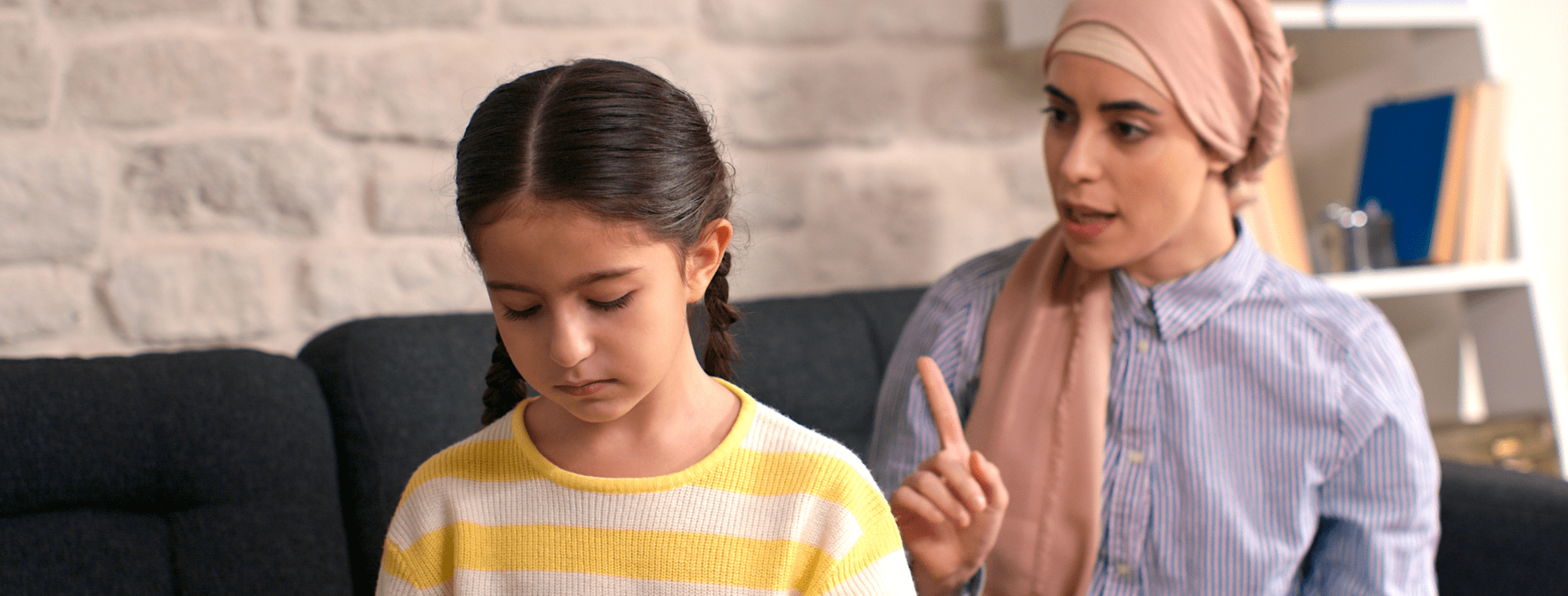The word “bully” is emotive, and often used to describe negative interactions between people. Let me say from the outset that true bullying can have untold harmful effects on the victim and should not be tolerated under any circumstances. If educators and parents have a common understanding of the definition of bullying, then it can be addressed appropriately and decisively, keeping the victim safe while educating the perpetrator about appropriate behaviours.
Sometimes negative behaviour is NOT bullying. To that end it is important to understand the difference between bullying behaviour and bad behaviour. The term bullying can often misrepresent behaviours and relationships between children and adolescents. Bad behaviour is not necessarily bullying. Bullying is repeated and targeted, with a power differential between two people or a group of people and an individual.
Often people use the term bullying for the first negative interaction between two children – that is not bullying. People looking after children who display such behaviours must ask themselves, and possibly ask the child, where they learnt such negative behaviours. It is not uncommon for children with older siblings to learn behaviours which are inappropriate in a social context.
Now, what if it’s your child displaying these behaviours, and by definition, being a bully?
Behaviour experts believe that human beings behave for one of two reasons: To access or to avoid. So when a child displays bullying behaviour, you need to ask the question – “Why is my child behaving that way?”. Remember there are two general reasons as to why children might behave in certain ways – to ACCESS or to AVOID. For example, a child may display a behaviour to access attention (attention seeking). Conversely children may behave to avoid doing something (avoidance strategies). Keep these reasons in your mind as we explore the possibility that your child is a bully.
Let’s work through a scenario that can happen anywhere – You get a phone call or an email explaining that your child has displayed some anti-social behaviour (notice I am using diplomatic language in the hope that the deliverer of the message is being diplomatic and understanding, for now). The person contacting you is in a position of authority within the group. They explain to you that the behaviour displayed by your child is an example of a repeated pattern of behaviour towards one or a number of students.
Now, there are various contexts in which this undesirable behaviour could have been displayed(face to face, or via technology). Both forms of undesirable behaviour are potentially very harmful. Notice I am resisting using the term bullying… at least until we establish that the behaviourconstitutes bullying. Your child may be near you at the point of the behaviour being reported to you. Alternatively, your child may still be in the social environment and awaiting a sanction from the present authority. As the behaviour is described to you, your mind starts to wonder. Your first question is “What happened?”.
• Did my child really do that?
• Why would they behave like that?
• Were they provoked?
• Who else was involved?
• Has this happened before? (Especially as bullying hasn’t yet been mentioned).
• What’s their friendship with the alleged victim like?
• Do I know them?
• Was the alleged victim “really” hurt?
There may be a sense of disbelief that your child was responsible for the undesirable behaviour. And now you are about to enter an emotional dilemma. Do you believe the report about your child’s behaviour, or do you deny that your child was capable of such behaviour? Before you form an opinion, it is worth asking your child for their version of events.
If your child acknowledges the behaviour, then you have to accept that they are responsible. Now you have a decision to make – will you give your child a consequence for their behaviour, or will you leave it up to the present authority to decide? Not only could there be a consequence to help your child learn what they did wrong, there should also be a form of restorative practice.
Let’s name it – the behaviour was wrong. We should acknowledge that even though people may have different values and tolerances of what is acceptable behaviour, a reasonable person agrees to what is socially acceptable. In this day and age of political correctness there is often a reluctance to name the behaviour as wrong, as that means someone is judging the behaviour, using their values.
Restorative practice is when the perpetrator apologises and behaves in a way to restore the relationship with the victim. The apology may be written or delivered face to face. The restorative behaviours may include doing something helpful for the victim, or some form of social justice act to indicate their remorse for their behaviour.
If your child denies their behaviour and attempts to rationalise it, your decision becomes more complicated. Do you believe in authority and issue consequences, or do you believe your child and justify their behaviour?
We must understand that conflict is a part of human life, and how we manage our conflict is an important life lesson. We need to upskill our children to manage their behaviours and to deal with negative behaviours that they may come across in their life. This will build resilience in our children and give them good relational skills as they grow into adolescence and adulthood.
As parents we must be willing to consider the possibility that our children are not perfect. It is complex to manage children’s behaviours, especially the anti- social, damaging, undesirable behaviours. Parents are encouraged to work with their children’s educators to ensure that children know what is acceptable and what to do IF their child displays bullying behaviour. Please note it is important to address the behaviour by saying that the behaviour is bullying-like behaviour. It is preferable to avoid calling a child a bully. It’s important to address the behaviour, not label the child’s whole character.
Remember that most people can learn and are capable of changing their behaviour. Together we can make a positive difference.





